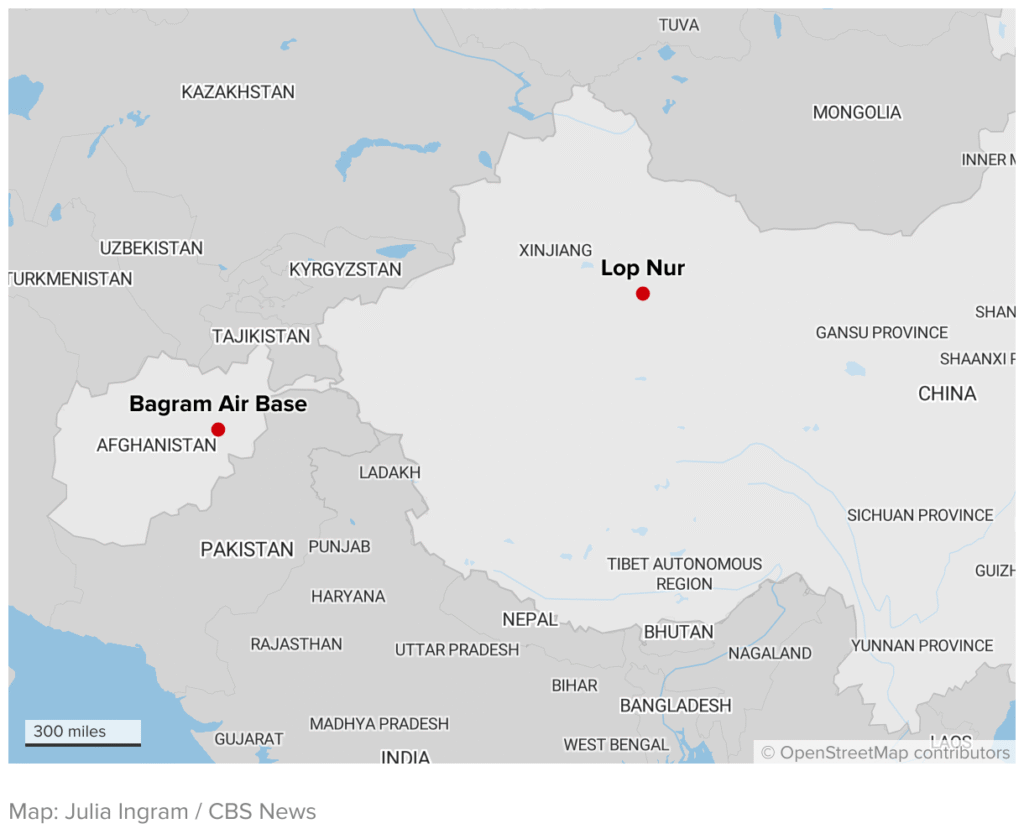China, the World’s Largest Carbon Polluting Nation, Announces New Climate Goal to Cut Emissions
In a pivotal move reflecting its commitment to addressing climate change, China, recognized as the world’s largest carbon polluting nation, has unveiled a new climate goal aimed at significantly reducing greenhouse gas emissions. This announcement comes at a time when global attention is increasingly focused on the urgent need for substantial action to combat climate change and its associated impacts.
The Significance of China’s Carbon Emissions
China’s role in global carbon emissions is critical. As of 2023, the country contributes approximately 30% of the world’s total carbon dioxide emissions, a figure that underscores its position as a central player in the fight against climate change. The sheer scale of its industrial production, reliance on coal, and rapid urbanization have all contributed to its status as the largest emitter of carbon.
Historical Context
Since the late 20th century, China has experienced rapid economic growth, which has been accompanied by a dramatic increase in energy consumption. While this growth lifted millions out of poverty, it also led to severe environmental challenges, including air pollution and greenhouse gas emissions. In recent years, international pressure has mounted for China to take significant steps toward emission reductions, leading to a series of climate commitments.
China’s New Climate Goals
In its latest announcement, China has set ambitious targets to cut emissions. These goals are designed to align with global efforts to limit warming to 1.5 degrees Celsius above pre-industrial levels, as stipulated in the Paris Agreement.
Specific Targets
Although the specifics of the new targets are still emerging, reports suggest that China aims to peak carbon emissions before 2030 and achieve carbon neutrality by 2060. This framework indicates a strategic shift from a reliance on fossil fuels to a more sustainable energy landscape.
Implementation Strategies
To achieve these goals, China is likely to increase investments in renewable energy sources such as solar, wind, and hydropower. The government has already made significant strides in solar panel production and wind turbine manufacturing, positioning the country as a leader in renewable energy technology. Furthermore, enhancing energy efficiency, promoting electric vehicles, and improving public transportation infrastructure are expected to play crucial roles in reducing emissions.
# Renewable Energy Investments
China leads the world in renewable energy capacity, boasting the largest number of solar panels and wind turbines. For instance, in 2022 alone, China added over 60 gigawatts of solar power capacity. This aggressive expansion serves not only to reduce carbon emissions but also to create jobs and stimulate economic growth within the clean energy sector.
International Cooperation and Climate Finance
China’s new climate goals also signal a willingness to engage in international cooperation on climate finance. By investing in renewable energy projects in developing nations, China could help reduce global emissions while enhancing its geopolitical influence. This aspect of China’s climate strategy may lead to partnerships that bolster its standing in global climate diplomacy.
Global Implications of China’s New Goals
China’s commitments are not only vital for its own environmental future but also have significant implications for global climate initiatives. As the largest carbon emitter, China’s actions will influence other nations and their commitments to reducing emissions.
International Relations and Climate Diplomacy
China’s new climate goals could reshape its relationships with other countries, particularly those that have been critical of its environmental policies. The United States and the European Union, for instance, have consistently urged China to take more aggressive action on climate change. A proactive approach by China may lead to enhanced diplomatic ties and cooperative efforts in tackling global environmental issues.
Economic Impacts
The transition to greener energy sources may also have economic repercussions, both domestically and globally. As China invests in renewable technologies, it may create new markets and opportunities for innovation. Additionally, countries that engage in trade with China may need to adapt to changes in energy policies and practices that emerge from these new climate goals.
# Potential for Green Technology Leadership
China’s focus on renewable energy and green technology may position it as a leader in the global clean technology market. Companies involved in solar energy, electric vehicles, and energy-efficient appliances could see significant growth, providing economic benefits domestically while also allowing China to export its green innovations worldwide.
Challenges Ahead
While China’s announcement is a step in the right direction, several challenges remain. The country’s heavy reliance on coal for energy production continues to pose significant obstacles to achieving its climate targets. Transitioning to renewable energy sources will require not only investment but also systemic changes in infrastructure and public policy.
Balancing Growth and Sustainability
One of the most pressing challenges for China is balancing economic growth with environmental sustainability. As a developing nation, the demand for energy is likely to continue rising as the population grows and urbanization continues. This dynamic complicates the transition to a low-carbon economy and requires careful management to ensure that economic development does not come at the expense of environmental health.
Public Resistance and Policy Implementation
Public resistance to certain climate policies may also pose a challenge. For example, while electric vehicles are gaining popularity, the transition from gasoline-powered cars could face obstacles due to the existing infrastructure and consumer preferences. Therefore, effective policy implementation, alongside public education, will be crucial in overcoming these hurdles.
The Role of Public Awareness and Engagement
Public awareness and engagement are crucial for the successful implementation of climate goals. The Chinese government has emphasized the importance of involving citizens in sustainability efforts. Education campaigns and community initiatives can foster a culture of environmental responsibility and encourage individuals to adopt more sustainable practices in their everyday lives.
Local governments have begun launching initiatives aimed at promoting sustainable living. For instance, community programs that encourage recycling, energy conservation, and the use of public transportation can significantly affect overall emissions. Engaging citizens in these efforts not only contributes to emission reductions but also builds a sense of collective responsibility towards the environment.
Conclusion
China’s announcement of new climate goals marks a significant moment in the ongoing global effort to combat climate change. As the world’s largest carbon polluting nation, its actions will have far-reaching implications for both national and international climate policies. The path ahead is fraught with challenges, but with a commitment to reducing emissions and investing in sustainable technologies, China has the potential to lead the way in creating a more sustainable future.
FAQ
Q1: What are China’s new climate goals?
A1: China aims to peak carbon emissions before 2030 and achieve carbon neutrality by 2060, with a focus on increasing investments in renewable energy and improving energy efficiency.
Q2: Why is China considered the world’s largest carbon polluting nation?
A2: China contributes about 30% of global carbon dioxide emissions, largely due to its industrial activities, reliance on coal, and rapid urbanization.
Q3: How will China’s climate goals impact global climate initiatives?
A3: China’s commitments are likely to influence other countries’ climate actions, potentially improving international relations and cooperation on environmental issues.
Q4: What challenges does China face in reducing emissions?
A4: Major challenges include its reliance on coal for energy, balancing economic growth with sustainability, and the need for systemic changes in infrastructure and policy.
Q5: How can the public contribute to China’s climate goals?
A5: Public engagement through education and community initiatives can promote environmental responsibility and encourage sustainable practices among citizens.
Q6: What role does renewable energy play in China’s climate strategy?
A6: Renewable energy is central to China’s strategy, with plans to invest heavily in solar, wind, and hydropower to reduce reliance on fossil fuels and cut emissions.
Q7: How might international relations change due to China’s new climate goals?
A7: China’s proactive climate stance may improve diplomatic ties with nations advocating for stronger climate action, enabling greater cooperation on global environmental challenges.
Editor in Chief
John M. Anderson
John has over 15 years of experience in American media, previously working with The Washington Post and Politico. He specializes in U.S. politics and policy analysis, ensuring every piece published by Berawang News meets the highest standards of accuracy and fairness.





